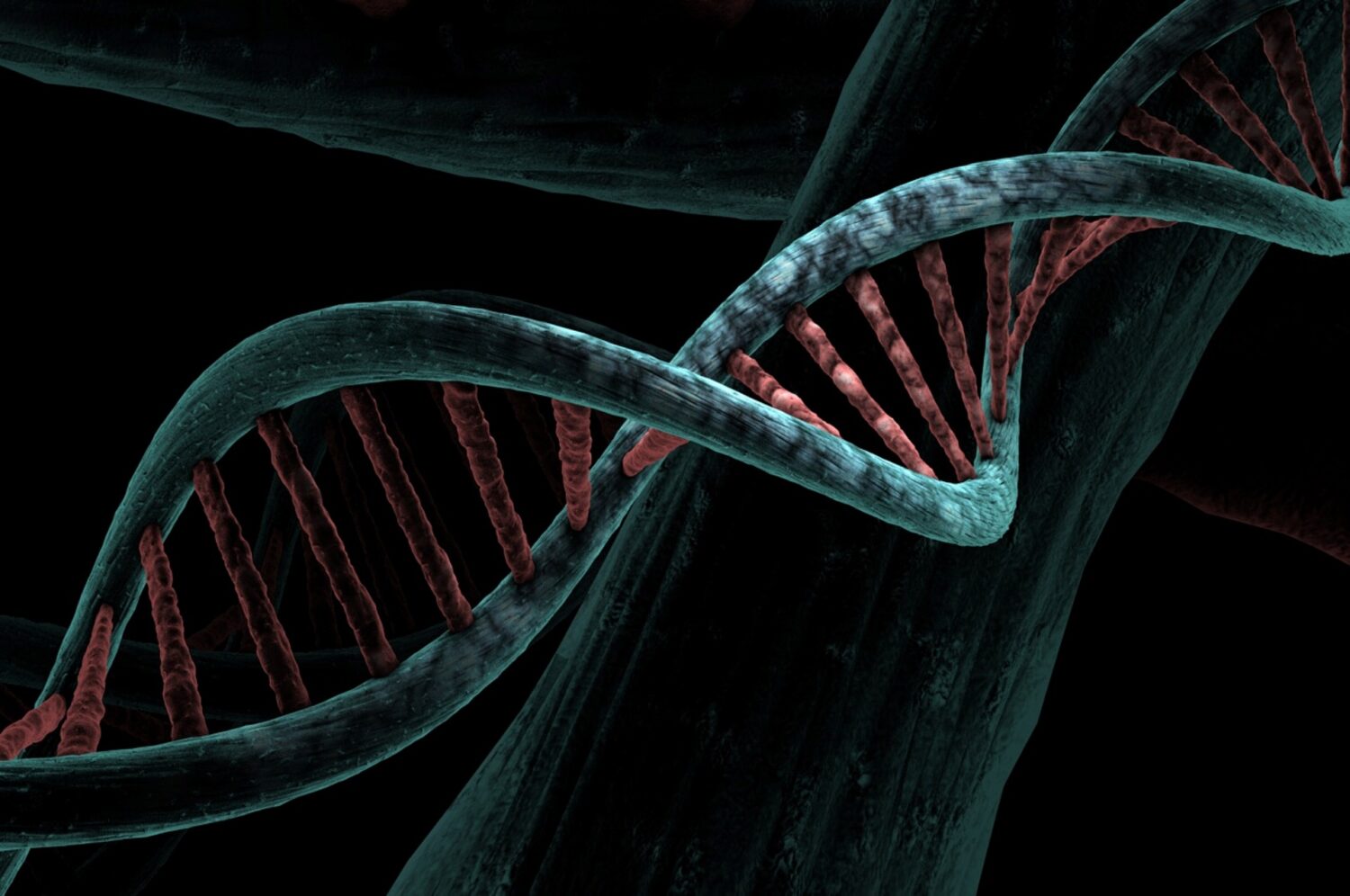
What You Should Know:
– Seven Bridges, a bioinformatics ecosystem provider, announced it is collaborating with the University of São Paulo (USP) and Google Cloud, as well as the Associação Genomas Brasil (Brazil Genome Association), to assist the DNA do Brasil (DNABr) project in building a reference genome that represents the genetic diversity of the Brazilian population.
– The joint effort will advance unbiased precision medicine for underrepresented populations in Brazil through the construction of a representative and accurate genome graph reference.
DNABr Project Details
Currently, the human reference genome is based primarily on sequencing data acquired from people of European ancestry, making it challenging to identify and treat diseases in the Brazilian population, whose genome is an admixture of Native Americans, Europeans and sub-Saharan Africans. DNABr will use the Seven Bridges GRAF™ Suite to construct an accurate and representative genome graph reference to identify the genetic variations across this heterogeneous and admixed population. Google Cloud will provide significant computational and storage resources to process the vast amounts of whole-genome sequencing data needed to build this ancestry-aware reference.
The DNABr project, led by Lygia da Veiga Pereira, Ph.D., Tábita Hünemeier, Ph.D., Department of Genetics and Evolutionary Biology, Institute of Biosciences at USP, and Alexandre Pereira, Ph.D., Harvard Medical School, plans to sequence the genomes of 15,000 Brazilians utilizing blood samples from several longitudinal studies in the country. To date, the first batch of 3,000 genomes have been processed and stored using Google Cloud. “Using standard computational tools, we are already finding a large number of novel variants of African and Native American ancestries within the Brazilian genomes. We want to use the graph-based approach in order to capture the full value of our genomes,” said Dr. Pereira.
GRAF™ re-envisions the human reference genome as a graph instead of a linear haploid DNA sequence. This helps researchers better interrogate DNA sequencing data from diverse populations by overcoming the bias in the reference genome and enabling OR facilitating new genomic variant discovery. This first-of-its-kind, graph-based bioinformatics solution is available globally and supports large human population studies, enables research on multiple underrepresented populations and aids in the development of personalized references for more precise analysis. GRAF™ is able to construct ancestry-aware genome graph references that encompass the genetic architecture of the population of interest, thus making it more accurate than both linear and all-encompassing OR all-inclusive pan-genome approaches.
“With our collective expertise in computational, bioinformatic and genomic sciences, Seven Bridges, along with USP and Google Cloud, aim to advance unbiased precision medicine by overcoming scalability and accuracy challenges that plague current approaches,” said William Moss, CEO, Seven Bridges. “Using our GRAF solution, DNABr researchers now have the technology they need to better understand the genetic variations of the Brazilian people.”